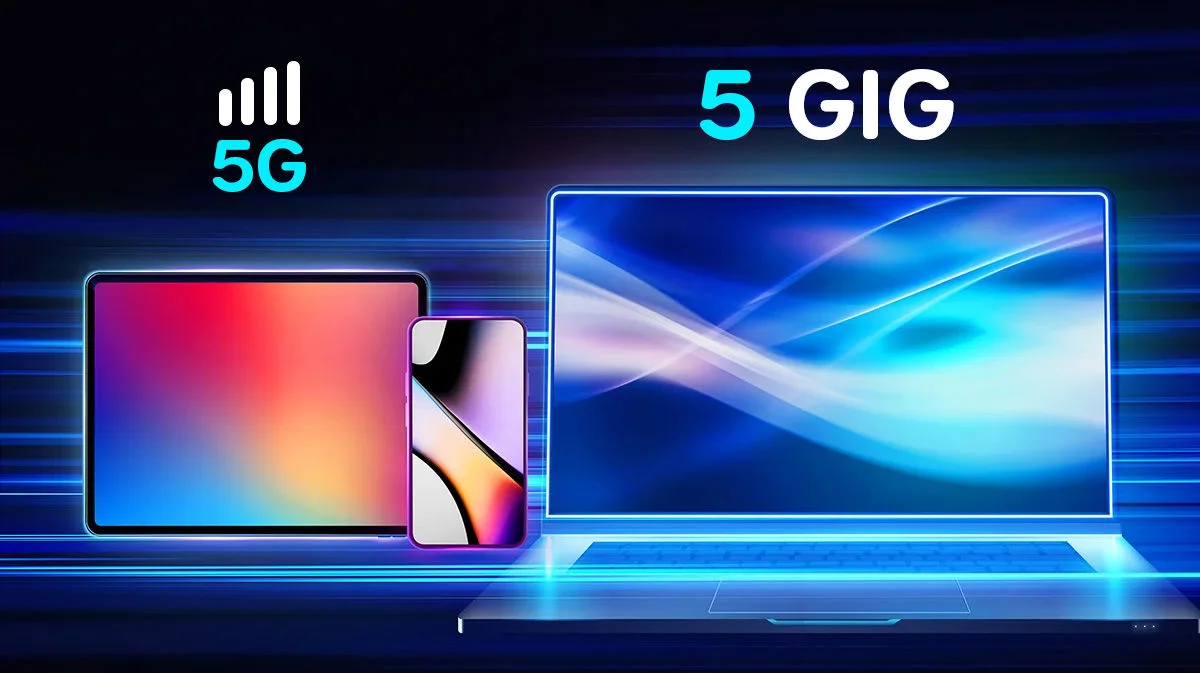What is a Good Internet Speed for Gaming?
By: Vincent Totino
Read Time: 4 min.
March 13, 2025
Looking to install home internet?

Have you ever been in the middle of a game, riding a hot streak, with ten people shouting at you through your headset, and suddenly your screen freezes?
It’s infuriating.
Glitches happen, but your internet bandwidth could also be an unnecessary roadblock. Before your next game lag, it might be helpful to understand bandwidth requirements for the gaming systems you play, and how to ensure your Internet speed isn't the problem.
Optimum has you covered. Here's everything you need to know about what Internet speed you need to crush the competition.
What is bandwidth and how does it affect my gaming?
How Much Bandwidth Do You Need for Gaming?
Bandwidth is the maximum amount of data transmitted over an Internet connection at any given time. It is measured in Mbps (megabits per second). Most video calls require at least 2 Mbps for a smooth experience, but gaming bandwidth requirements can be higher.
While Internet speeds listed by providers represent the total usage for a household network, they fluctuate due to multiple factors. Just like water pressure can drop in the shower when someone flushes a toilet, Internet speeds can drop if your household or neighborhood is taxing the bandwidth.
According to the Federal Communications Commission (FCC), gaming consoles that require an Internet connection (like Fortnite) need at least 3 Mbps. Online multiplayer games (like Call of Duty) need at least 4 Mbps. However, modern online games and consoles demand higher speeds than these outdated FCC recommendations.
- Single-player online gaming: At least 3–5 Mbps
- Multiplayer online gaming: 10–25 Mbps, depending on the game
- 4K Game Streaming: 35–50 Mbps
- VR & Cloud Gaming: 50+ Mbps
If multiple people are in your home game at the same time, you may need a faster plan to prevent network congestion.

Gaming Consoles
Does Your Gaming Console Affect Internet Speed?
Gaming performance isn’t just about bandwidth—it also depends on your gaming system and network setup.
- PC or Mac Gaming Requires higher bandwidth due to large file sizes and updates
- Nintendo Switch & Wii U Works well on lower bandwidth but needs stable speeds
- Xbox Series X & PlayStation 5 Requires higher speeds, especially for 4K gaming and cloud gaming
Even if your console meets the minimum speed requirements, other factors like network congestion, latency, and WiFi signal strength can impact performance.

Increasing your bandwidth
How to Reduce Lag & Improve Gaming Bandwidth
Experiencing lag or slow gameplay? Here are some tips to optimize your gaming performance
Hard-wire your console’s connection
While not always possible, a hard-wired connection to your household’s router through an ethernet connection is the most reliable way to ensure you get as much of your household bandwidth as possible. While a wifi connection is convenient, the speeds it offers fluctuate more than a cable connection. In essence, an ethernet connection puts your gaming console "first in line" for precious bandwidth.
Move closer to your router
Devices connected through wifi capture higher bandwidths closer to the router than they do farther away. So, it might be an easy fix to move your router out from behind a couch or set up your gaming system next to your router.
Amplify your signal
If moving closer to your wireless router is too big of a challenge, you can boost your home network's wifi signal near your gaming console by installing an amplifier. Just make sure it's compatible with your router and internet service provider network before purchase.
Try “Airplane Mode”
You might be experiencing lags in your gaming because there are a lot of devices on the network. Try switching your phones and tablets to "Airplane Mode" just to get that extra bandwidth.
Turn off updates and background data
Consider changing the notification, auto-update, and background data settings on connected laptops and phones. A good deal of bandwidth can be used by applications you're not actively using. Just don't forget to turn these updates back on eventually when you need them.
Update your router
Newer routers are better designed to accommodate gaming speeds, so if you're a gamer the router upgrade can be worth it. Use dual-band or tri-band routers to separate gaming traffic from other devices.
pgrade your connection speed
If you’ve tried all the troubleshooting tricks you can think of and still can’t avoid lags, it might be time to increase the overall bandwidth of your home network by upgrading to a higher-speed connection package from your internet service provider.
Does Gigabit Internet Improve Gaming?
1 Gig Internet speeds (1000 Mbps) aren’t necessary for every gamer, but they provide several benefits:
- Lower latency (less lag)
- Faster downloads and updates
- Better performance for cloud gaming (GeForce Now, Xbox Cloud Gaming)
- No congestion with multiple users gaming at once
If you’re a serious gamer, streamer, or VR user, 1 Gig Internet is highly recommended.
Ready to Upgrade Your Internet for Gaming?
Gaming should be about strategy and skill—not worrying about lag and slow speeds.
Optimum offers:
- Blazing-fast speeds up to 1 Gig and beyond
- Reliable, low-latency connections for lag-free gaming
- Smart WiFi 6 for better coverage across multiple devices
- No data caps—game as much as you want
Ready to switch to Optimum?





